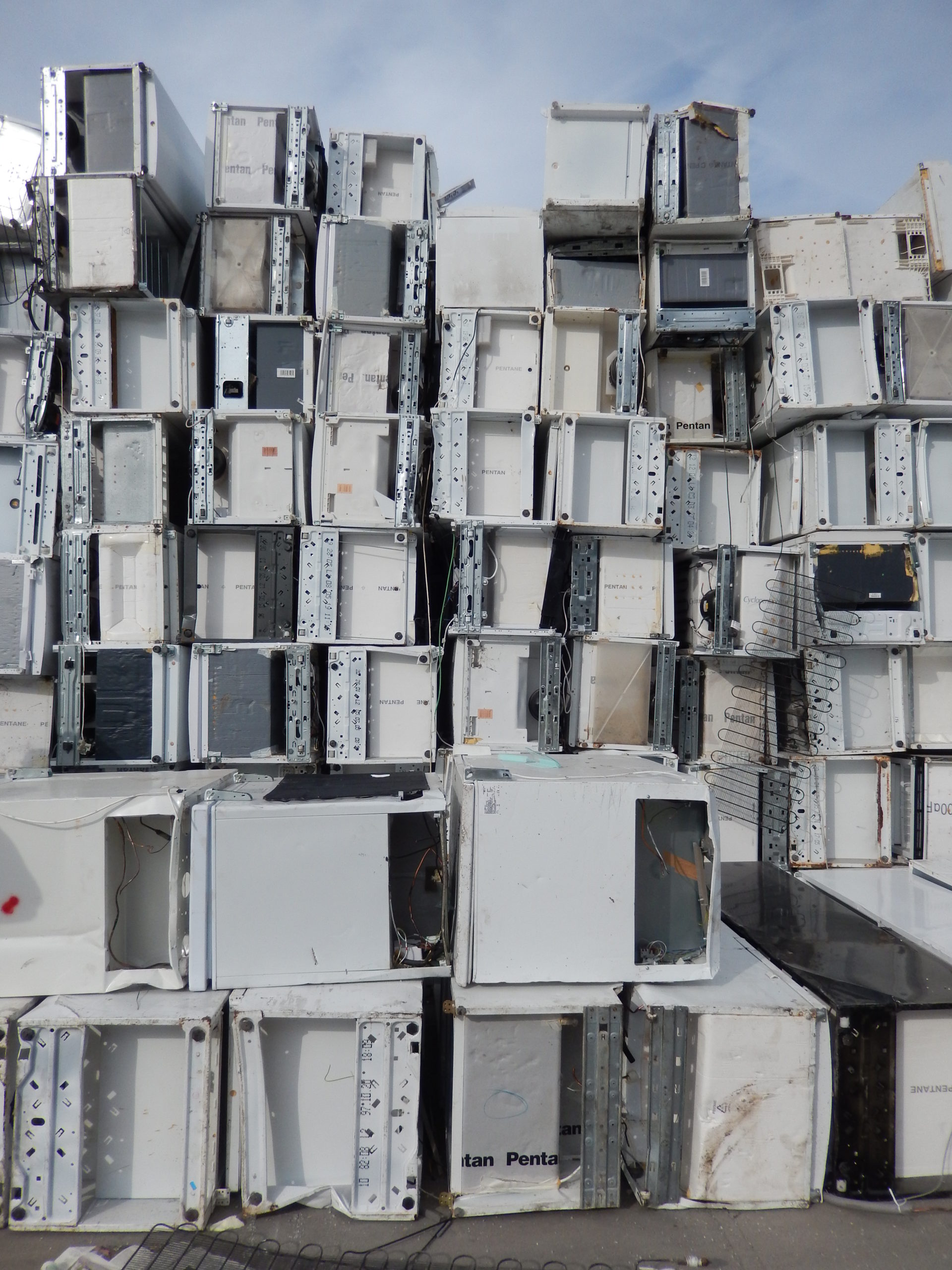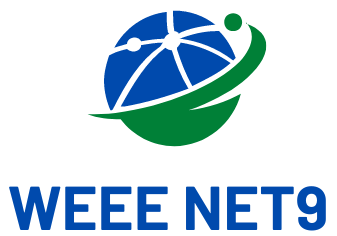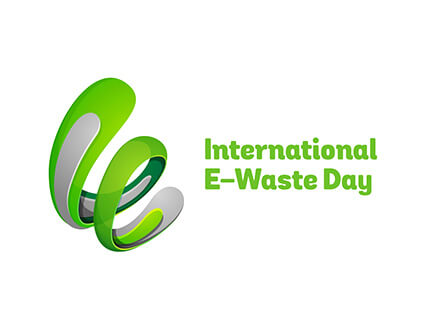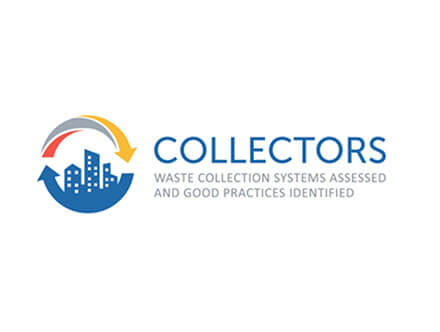In-depth review of the WEEE Collection Rates and Targets in Europe
After nearly two decades since the creation of EU legislation on WEEE and the concerted effort of producer responsibility organisations (PRO), producers and many other actors, and despite the continuous growth of the tonnages of WEEE that are collected, most Member States have not reached the WEEE collection targets.
UNITAR, the United Nations Institute for Training and Research, highlights in its study commissioned by the WEEE Forum the factors that impede formal/official collection and concludes that, in order to achieve the minimum collection rate, Member States have to divert a high proportion of WEEE that is currently disposed of in the general waste bin, reduce most of the WEEE that is mixed with metal scrap, reduce illegal exports of WEEE and start to monitor used EEE exports to distinguish illegal WEEE from legitimate used EEE exports and report professional WEEE.

There is sufficient evidence to demonstrate that the EU should design a new WEEE policy approach to counter parallel, unreported, sub-standard and illegal WEEE flows and to increase reported collection and responsible recycling of WEEE. The new policy approach, as outlined in a vision paper produced by the WEEE Forum on the basis of the UNITAR report, will result in higher tonnages of reported collection and responsible recycling of WEEE. The fundamentals of the new policy approach consist of:
- The All Actors Approach.
- The revision of the EPR principle and the allocation of collection responsibility using the WEEE available for collection concept.
- Adoption of a range of supporting measures to properly report and recycle WEEE.
- A revision of the collection target calculation methods.
Furthermore, the WEEE Forum and its partners propose ten supporting measures to support the implementation of the All Actors Approach, which can be tailored and adopted in the way best suited to the Member States.
Whenever possible, incentives are set in place for encouraging participation of actors, but it should be noted that for an All Actors Approach to work properly a high level of enforcement is required.







